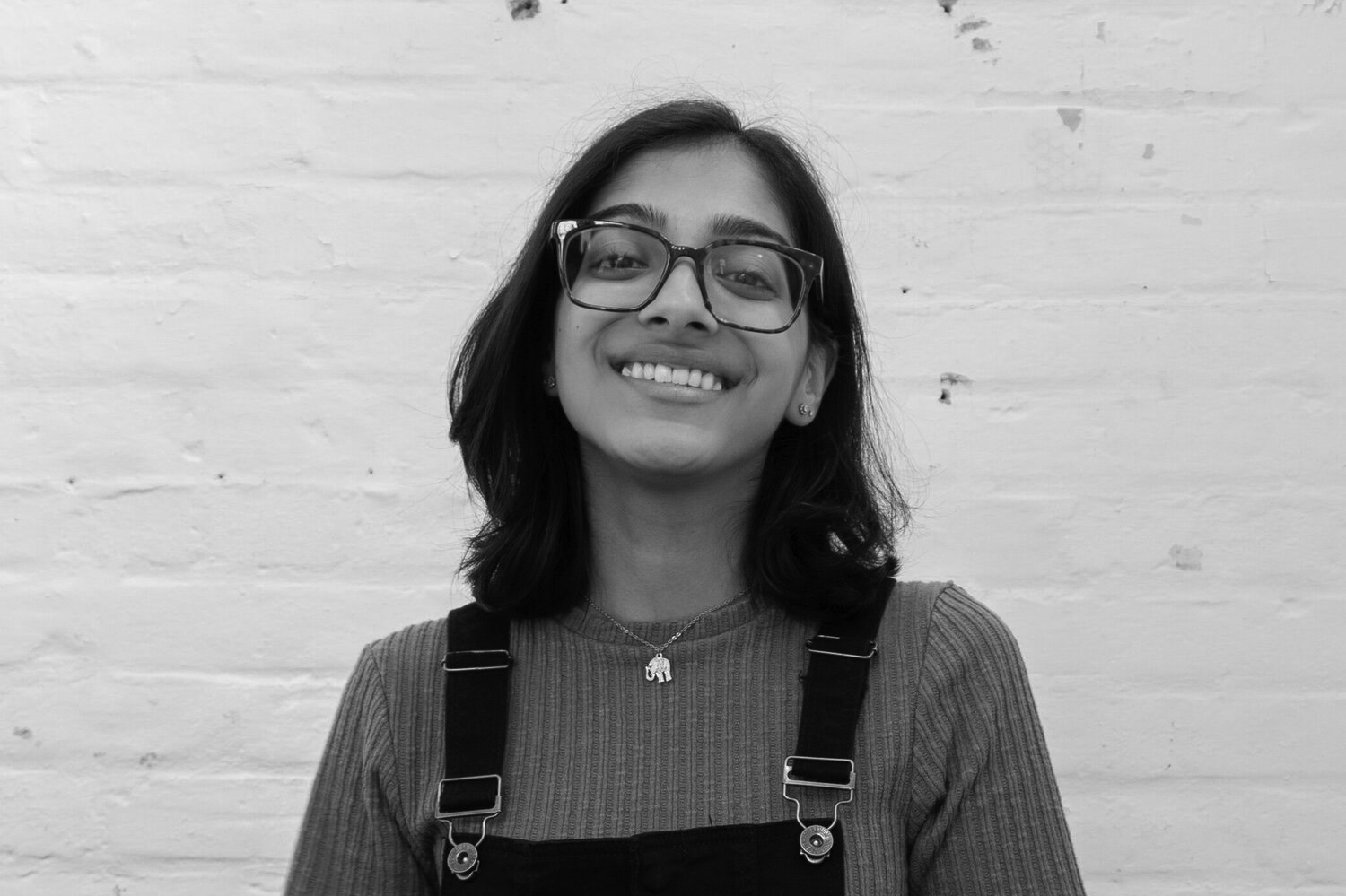How the Himalayas may be slowing global climate change
A natural phenomenon is helping cool glaciers
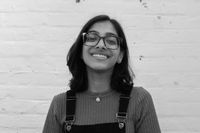

Global temperatures are rapidly rising, which are warming oceans and melting glaciers. Scientists have long explained that mountaintops are often affected by the warming climate faster than other regions. Glaciers in particular are a source of water for many areas, and melting can lead to higher sea levels and coastal flooding. Despite the increasing temperatures, scientists discovered an interesting phenomenon occurring in the Himalayas that keeps the glaciers colder than similar locations worldwide.
What makes the Himalayas different?
The world's tallest mountain range has its own defense mechanism against a warming climate, according to a study published in Nature Geoscience. Essentially, the warming climate increases the temperature gap between the air above the Himalayan glaciers and the cooler air directly in contact with the ice surface, explained CNN, adding that, "as the cool, dry surface air gets cooler and denser, it sinks. The air mass flows down the slopes into the valleys, causing a cooling effect in the glaciers' lower areas and neighboring ecosystems."
The downhill winds produced are called katabatic winds. They do an efficient job controlling the maximum temperatures on the surface of the glaciers, which occur namely during the summer. "While the minimum temperatures have been steadily on the rise, the surface temperature maxima in summer were consistently dropping," Franco Salerno, coauthor of the report and researcher for the National Research Council of Italy, said in a news release. This type of wind creates two conflicting outcomes, the Australian Broadcasting Corporation explained: decreasing daytime temperatures which "has the tendency to reduce the melting of glaciers," and increased precipitation at lower elevations but decreased precipitation at higher elevations near the glaciers, which "has caused them to lose mass over the past few decades." The researchers posit that katabatic winds are not exclusive to the Himalayas and can occur anywhere the conditions are met.
The Week
Escape your echo chamber. Get the facts behind the news, plus analysis from multiple perspectives.

Sign up for The Week's Free Newsletters
From our morning news briefing to a weekly Good News Newsletter, get the best of The Week delivered directly to your inbox.
From our morning news briefing to a weekly Good News Newsletter, get the best of The Week delivered directly to your inbox.
How much do the winds help?
While the phenomenon can help to slow the melting of some glaciers, it isn't enough to stop glacial melting. Thomas Shaw, who worked on the study, told CNN, "The cooling is local, but perhaps still not sufficient to overcome the larger impact of climatic warming and fully preserve the glaciers." Himalayan glaciers melted 65% faster in the 2010s than in the previous decade, and the risk is growing, with research showing that the Himalayan mountain range could lose 80% of its glaciers by 2100. Efforts to curb warming need to happen in order to save the glaciers.
"We believe that the katabatic winds are the response of healthy glaciers to rising global temperatures and that this phenomenon could help preserve the permafrost and surrounding vegetation," said Nicolas Guyennon, one of the study's authors, in the release. He added that "glaciers are indeed essential in maintaining the water security in their ecosystems. But how long can healthy glaciers fight back?" As of now, Himalayan glaciers appear to be doing slightly better than other glaciers worldwide. Francesca Pellicciotti, lead author of the study, concluded, "Even if the glaciers can't preserve themselves forever, they might still preserve the environment around them for some time," and that there needs to be "more multidisciplinary-research approaches to converge efforts toward explaining the effects of global warming."
A free daily email with the biggest news stories of the day – and the best features from TheWeek.com
Devika Rao has worked as a staff writer at The Week since 2022, covering science, the environment, climate and business. She previously worked as a policy associate for a nonprofit organization advocating for environmental action from a business perspective.
-
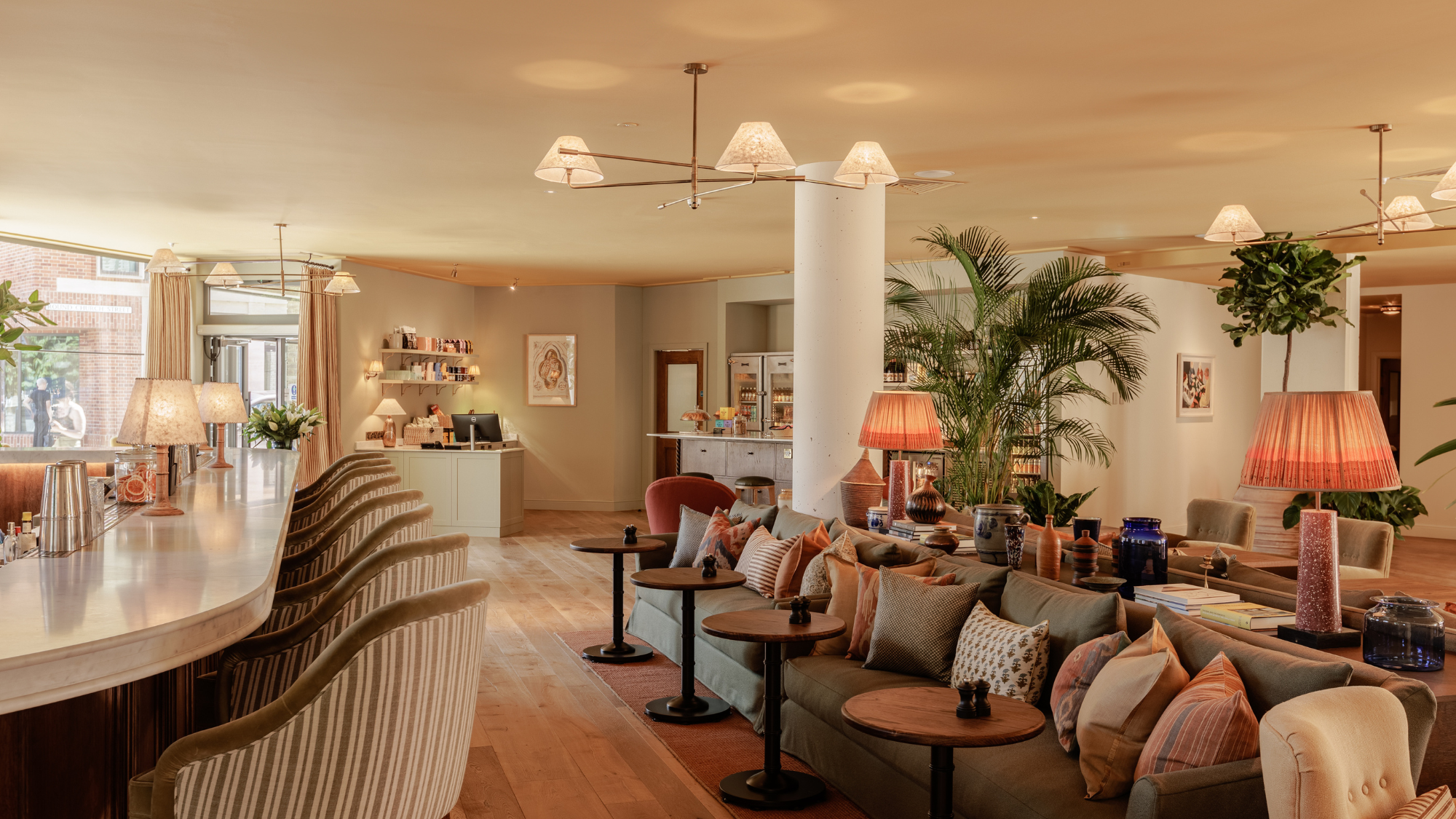 Wilde Cambridge: home-away-from-home in a prime city spot
Wilde Cambridge: home-away-from-home in a prime city spotThe Week Recommends This laid-back aparthotel is the perfect base for a weekend of exploring
-
 The best alcohol-free alternatives for Dry January
The best alcohol-free alternatives for Dry JanuaryThe Week Recommends Whether emerging from a boozy Christmas, or seeking a change in 2026, here are some of the best non-alcoholic beers, wines and spirits to enjoy
-
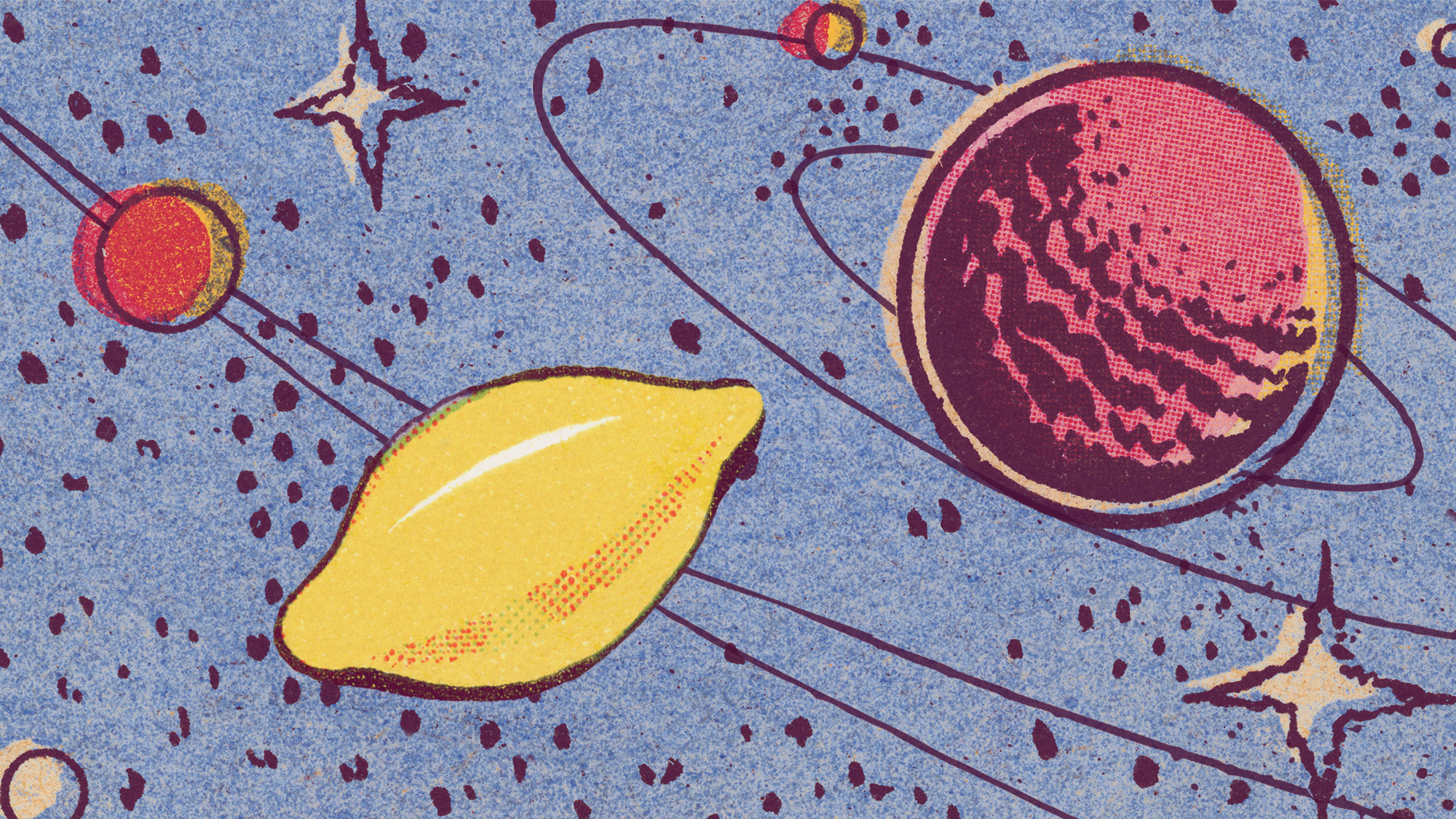 A lemon-shaped exoplanet is squeezing what we know about planet formation
A lemon-shaped exoplanet is squeezing what we know about planet formationUnder the radar It may be made from a former star
-
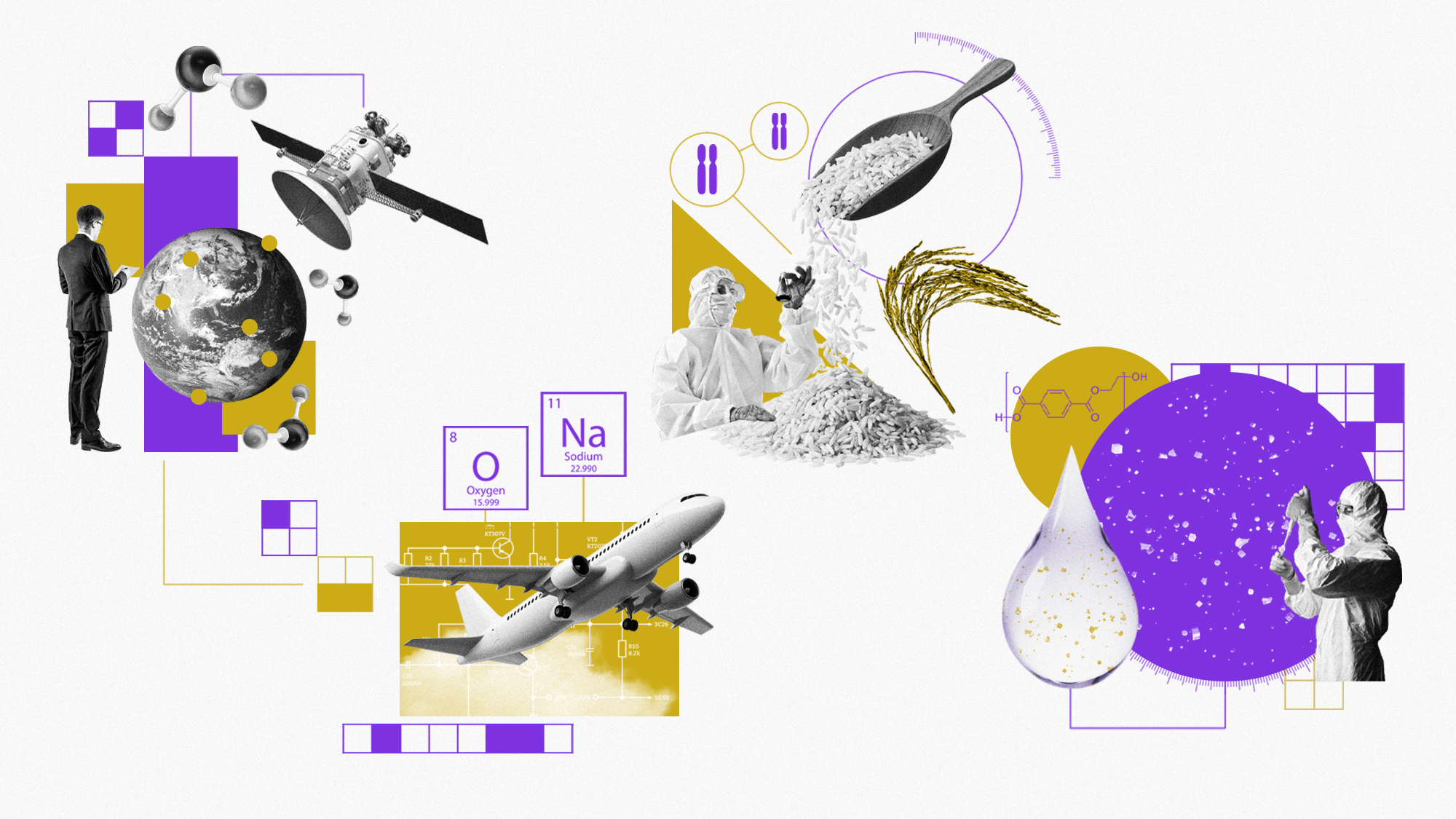 Environment breakthroughs of 2025
Environment breakthroughs of 2025In Depth Progress was made this year on carbon dioxide tracking, food waste upcycling, sodium batteries, microplastic monitoring and green concrete
-
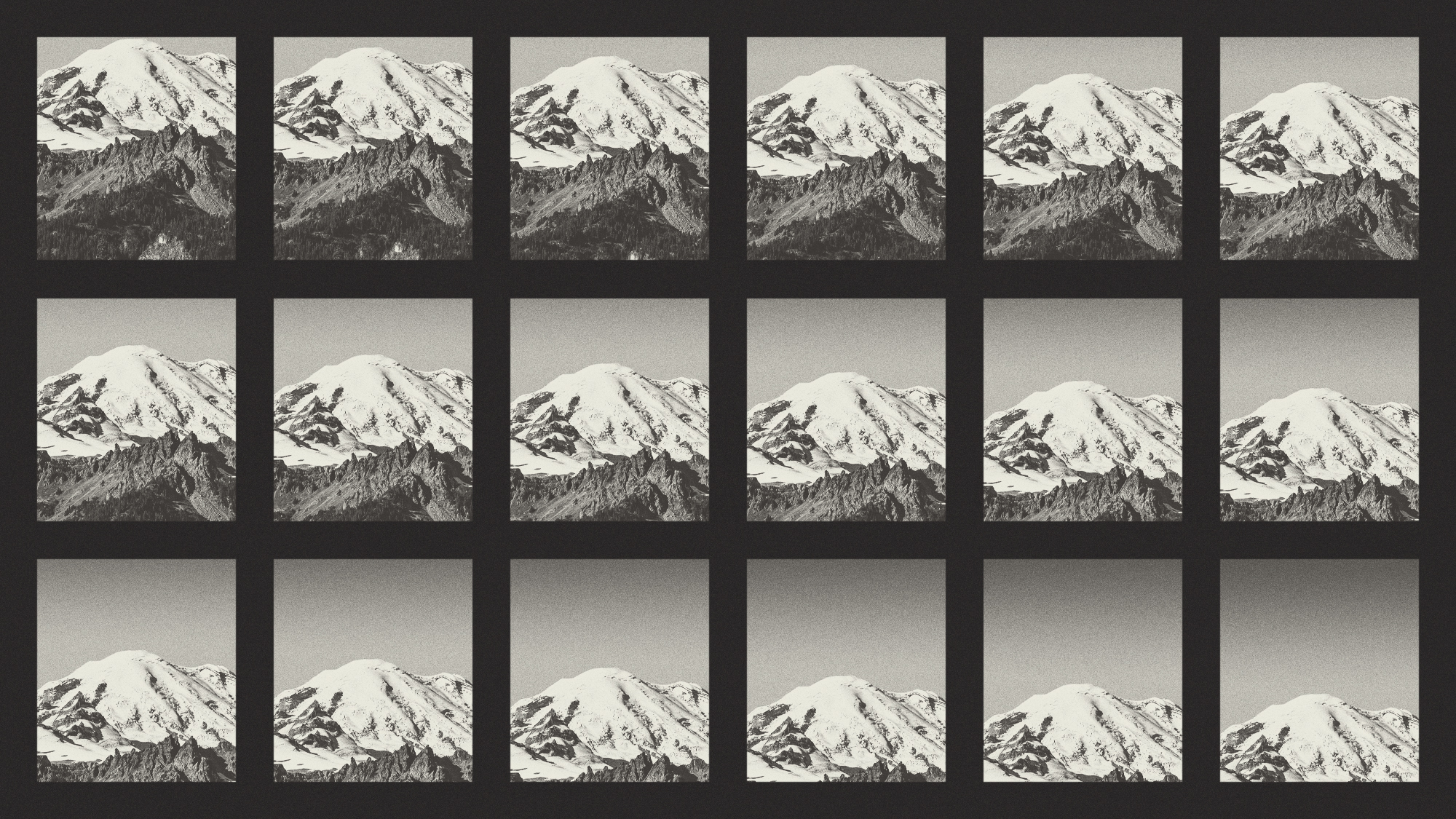 Crest falling: Mount Rainier and 4 other mountains are losing height
Crest falling: Mount Rainier and 4 other mountains are losing heightUnder the radar Its peak elevation is approximately 20 feet lower than it once was
-
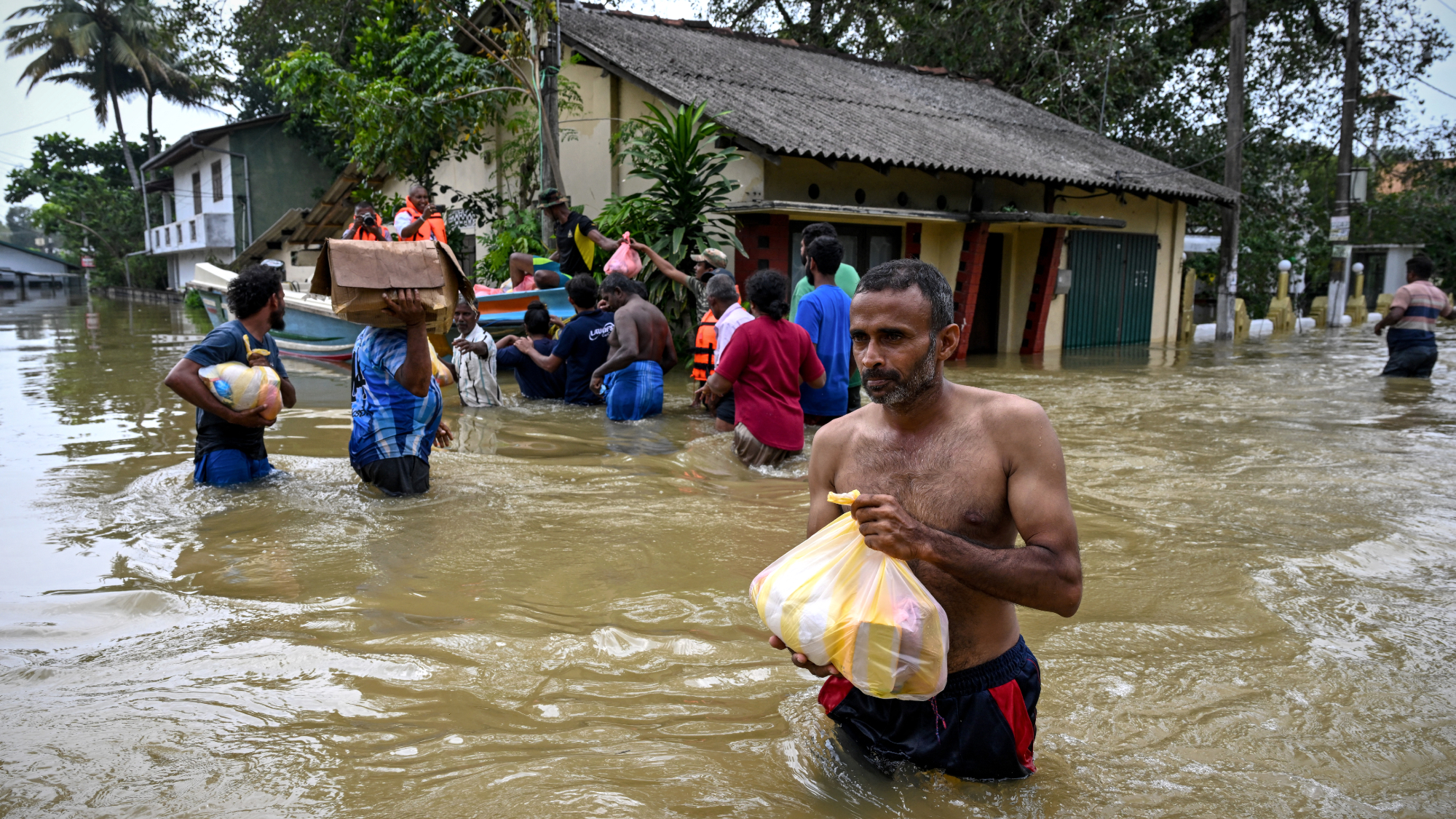 Death toll from Southeast Asia storms tops 1,000
Death toll from Southeast Asia storms tops 1,000speed read Catastrophic floods and landslides have struck Sri Lanka, Indonesia, Thailand and Malaysia
-
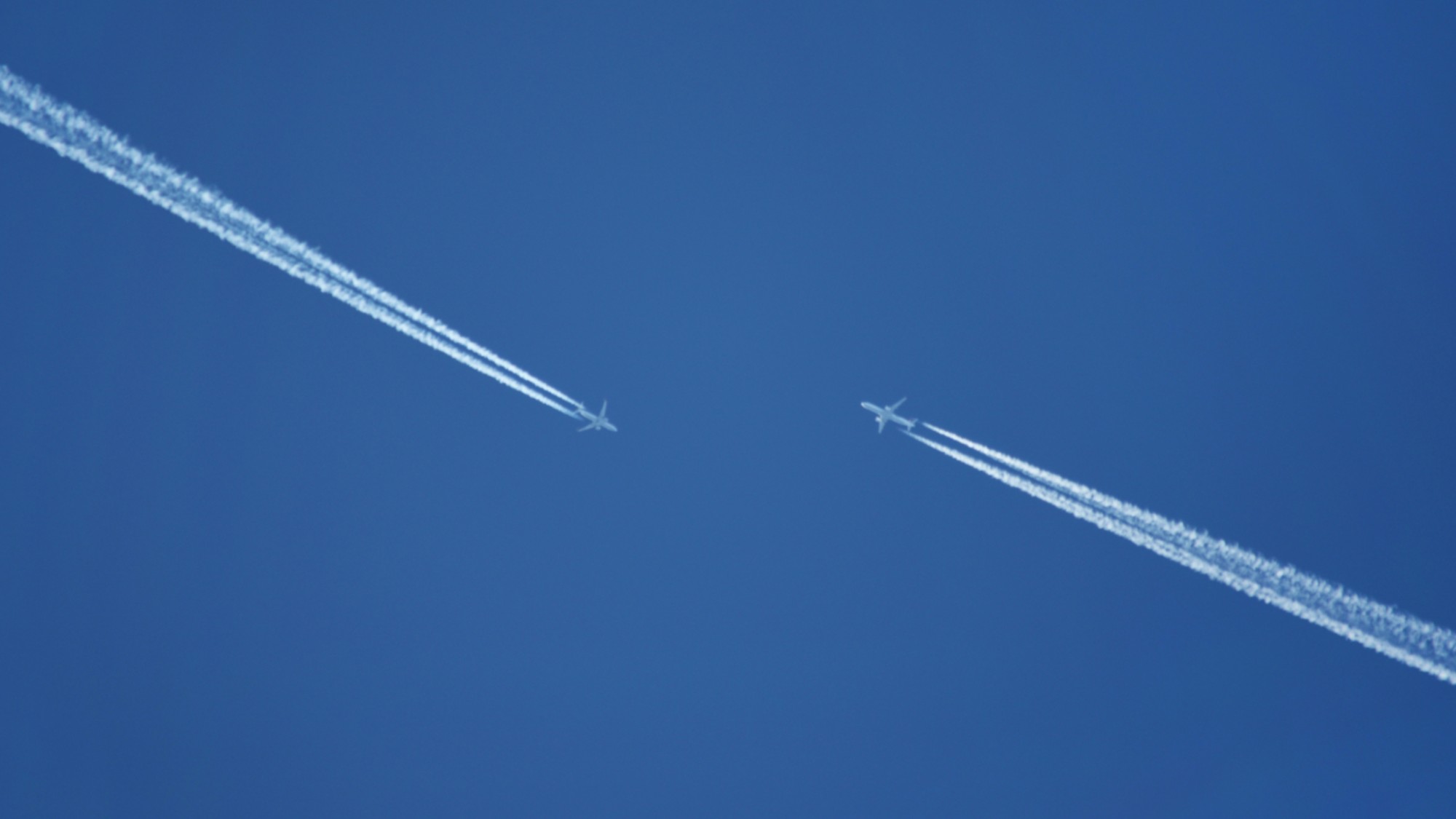 Can for-profit geoengineering put a pause on climate change?
Can for-profit geoengineering put a pause on climate change?In the Spotlight Stardust Solutions wants to dim the sun. Scientists are worried.
-
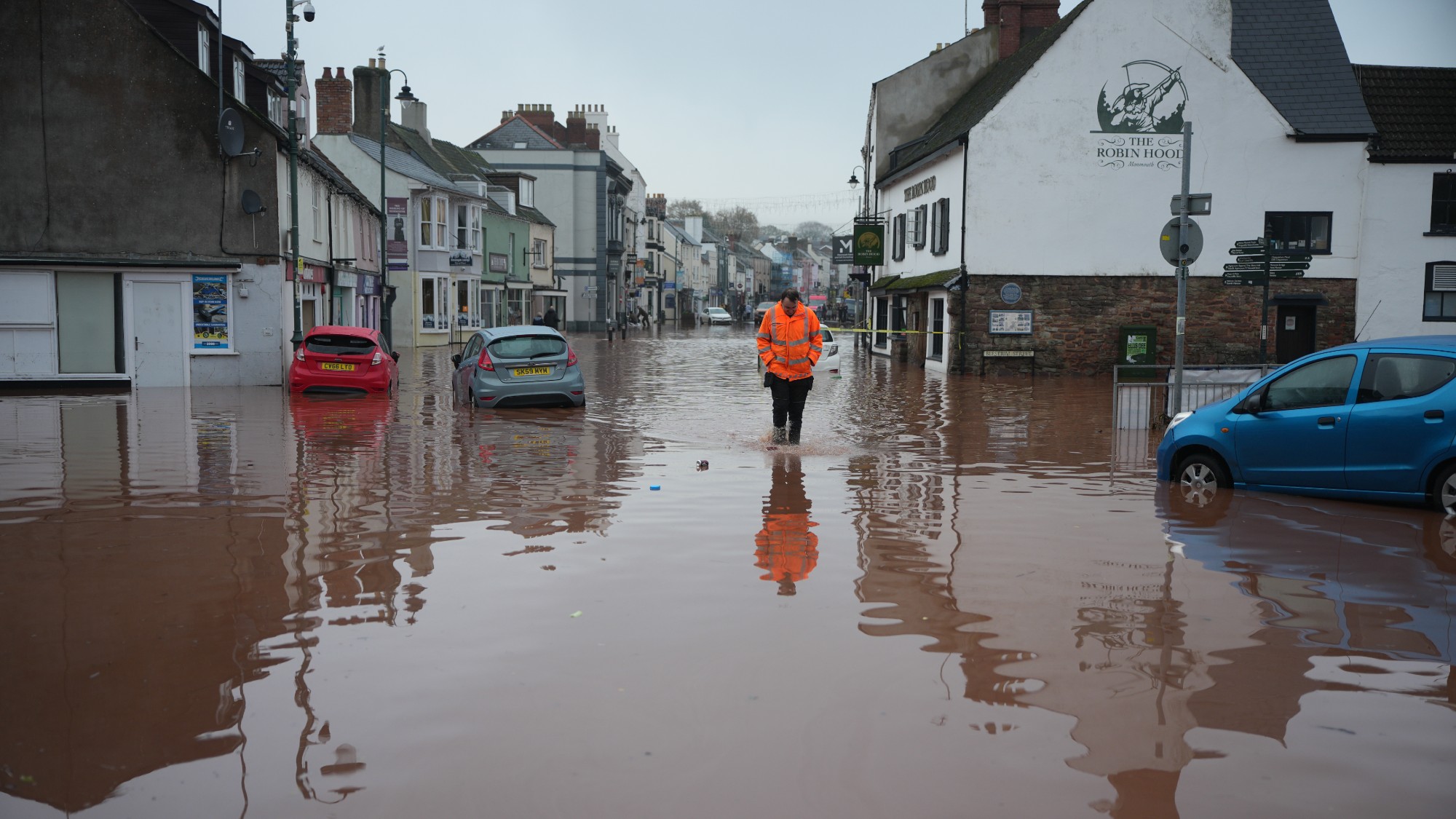 How will climate change affect the UK?
How will climate change affect the UK?The Explainer Met Office projections show the UK getting substantially warmer and wetter – with more extreme weather events
-
 Can the UK do more on climate change?
Can the UK do more on climate change?Today's Big Question Labour has shown leadership in the face of fraying international consensus, but must show the public their green mission is ‘a net benefit, not a net cost’
-
 Did Cop30 fulfil its promise to Indigenous Brazilians?
Did Cop30 fulfil its promise to Indigenous Brazilians?Today’s Big Question Brazilian president approves 10 new protected territories, following ‘unprecedented’ Indigenous presence at conference, both as delegates and protesters
-
 Can the world adapt to climate change?
Can the world adapt to climate change?Today's Big Question As the world gets hotter, COP30 leaders consider resilience efforts
